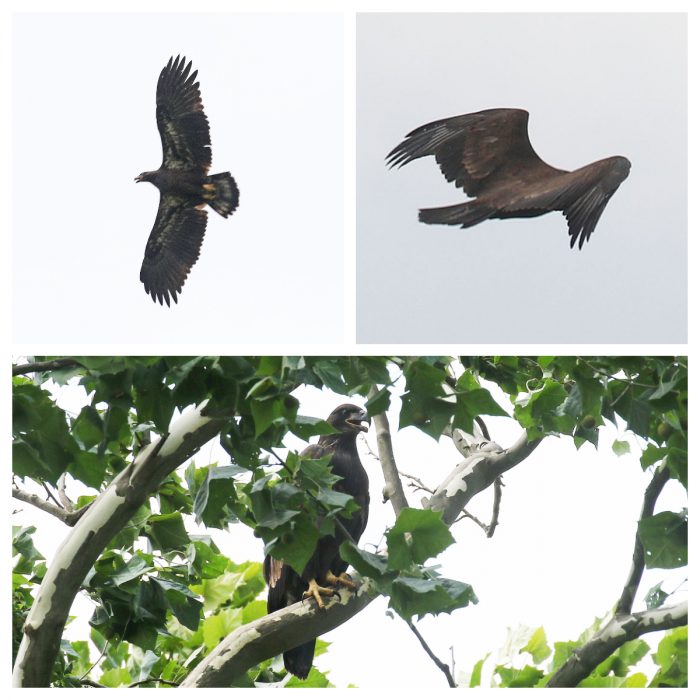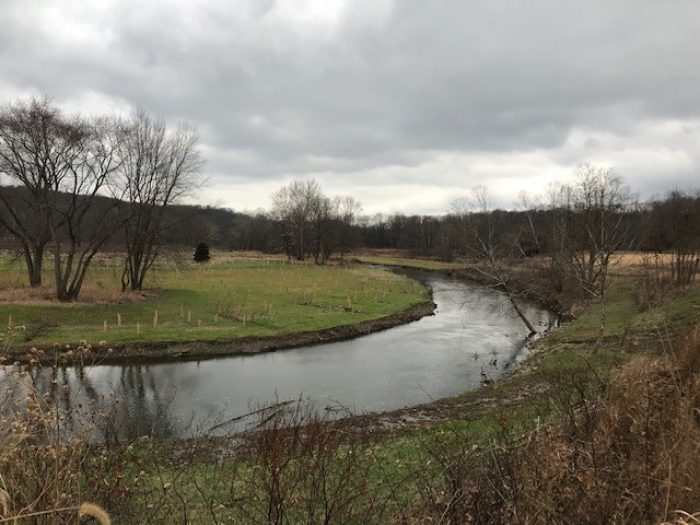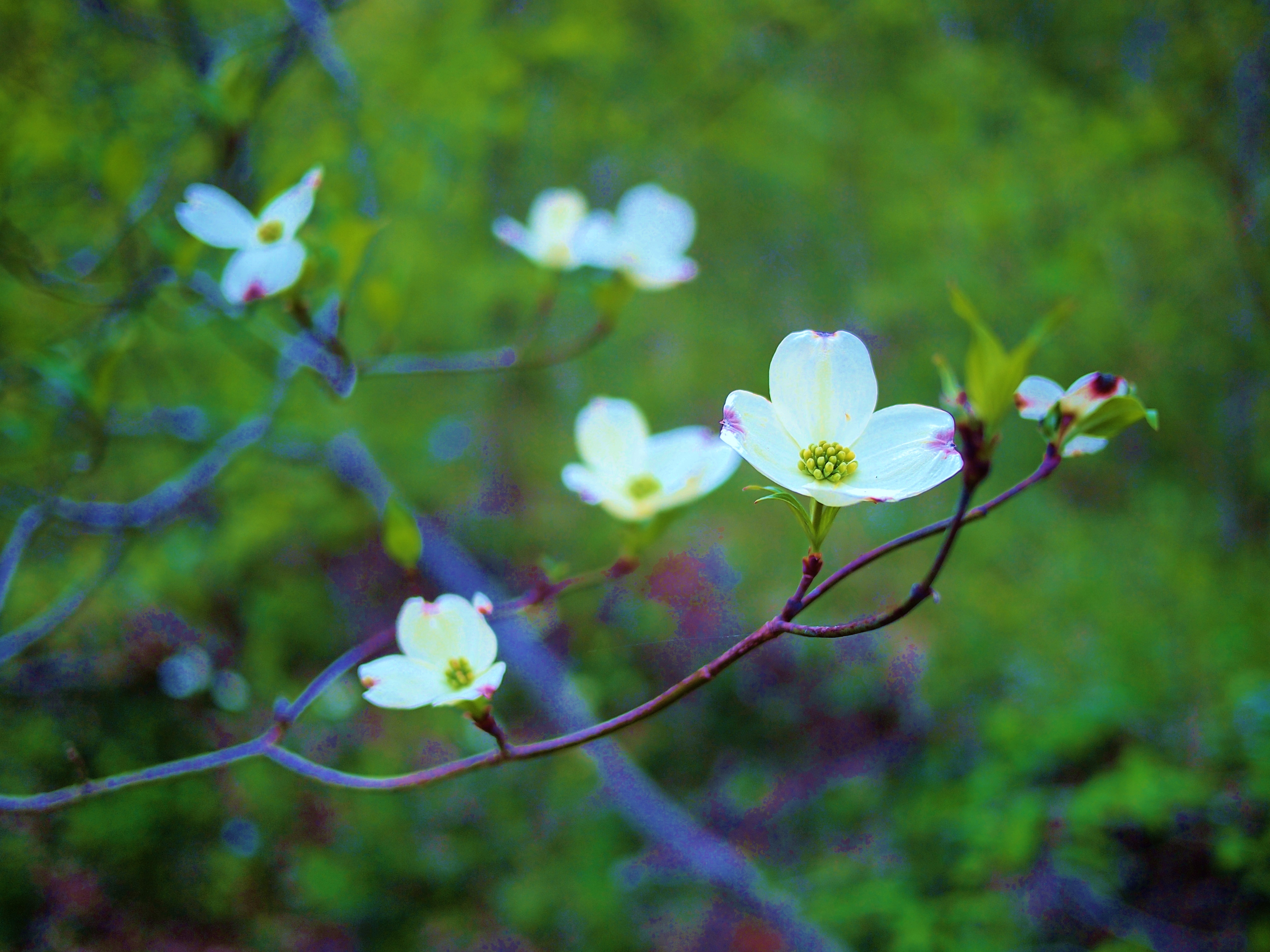
In golf, the “eagle” is a coveted score representing two strokes better than the expected par. A different kind of eagle has recently taken residence at the former Valley View Golf Club site, where restoration work has been completed. A breeding pair of Bald Eagles has become emblematic of the golf course’s remarkable transformation into a park. The elation of achieving an “eagle” score is precisely the feeling one gets when touring the soon to open Valley View Area of Cascade Valley Metro Park, where it is exciting to witness an exceptional outcome above and beyond the expected. This outcome resulted from several years and two phases of planning, design, and oversight work by EnviroScience, starting in 2018 and ending in 2020.

EnviroScience’s Restoration Practice Area, led by Julie Bingham, refined the Summit Metro Parks’ original vision for the area into interconnected complexes comprising 200 acres of headwater streams, wetlands, and forested. Angelina Hotz, P.E., was the lead engineer on the project and translated the restoration concepts into design plan documents used to bid the two phases. Her efforts and attention to detail were integral to the success of the project.
Phase I focused on the captured drainage ways and swales from the golf course to daylight the water into streams, natural drainage ways, and wetlands, which eventually connect to a large remnant oxbow wetland of the Cuyahoga River. This phase constructed approximately 14 acres of wetlands and 2,250 LF of six different headwater streams.
Phase 2 focused on the Cuyahoga River corridor, an approximately 5,000 LF reach, improving the floodplain and in-stream habitat. Sediment in the river, bank erosion, and low habitat diversity characterized the reach prior to the project. Furthermore, the banks were leveed by the golf course to limit flooding. The restoration approach aimed to improve these impairments by excavating approximately 44,000 CY to create expansive floodplains that will become regularly inundated. The lower banks reduce/eliminate erosion by drastically decreasing water depth and energy and providing overbank areas for deposition of fine silts. Previously these sediments were deposited in the river, embedding the gravel and cobble streambed, and creating a sandy “desert” underwater. To enhance the in-stream habitat, the EnviroScience team placed hundreds of boulders in clusters and orientations to promote localized scour and flow diversity. Staff placed wood generated from floodplain excavations on the streambanks and underwater to create additional habitat and erosion protection. Many of the existing trees along the river were consciously saved not only to maintain the mature trees for future tree recruitment and wildlife habitat but also for the site aesthetics. Floodplain excavations were prioritized for areas with low tree density and morphologic importance.
The topography of the park offers some stunning views over the restored features. The park’s future trails, roads, event centers, and river access were strategically planned to accent these features and viewsheds. The tentative schedule for opening the park is spring 2021. Park users will undoubtedly see the resident eagles, which successfully bred a pair of eaglets in 2020 and can often be seen perched in one of the mature oaks or sycamores that continue to line the river.
For more information on EnviroScience’s restoration services or to discuss how we can help you achieve excellent quality restoration projects, call us at 1-800-940-4025 or email us at .


